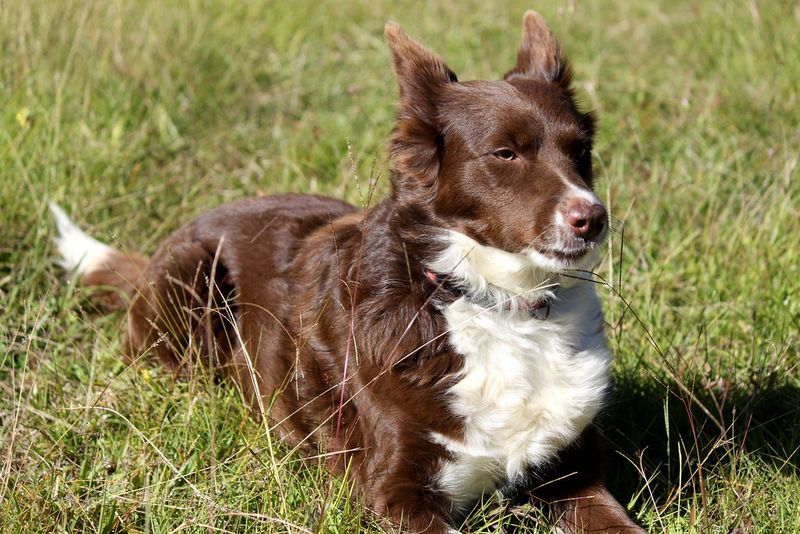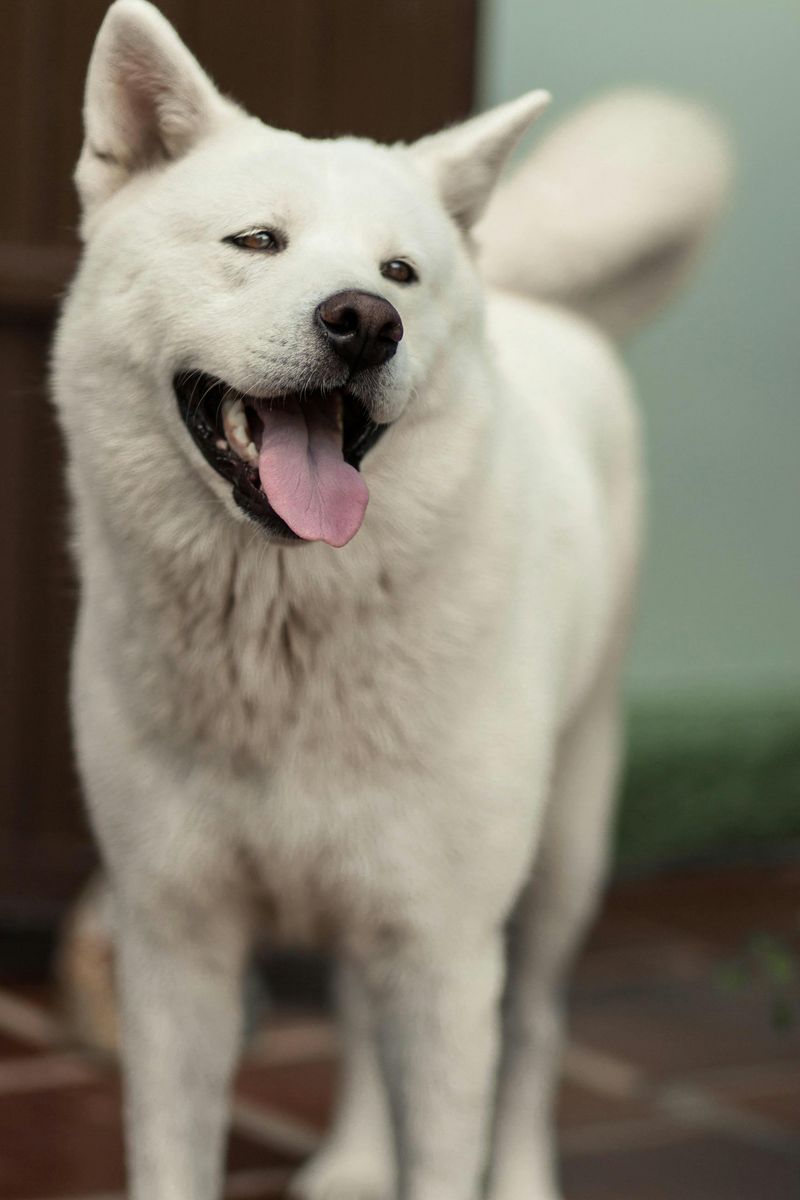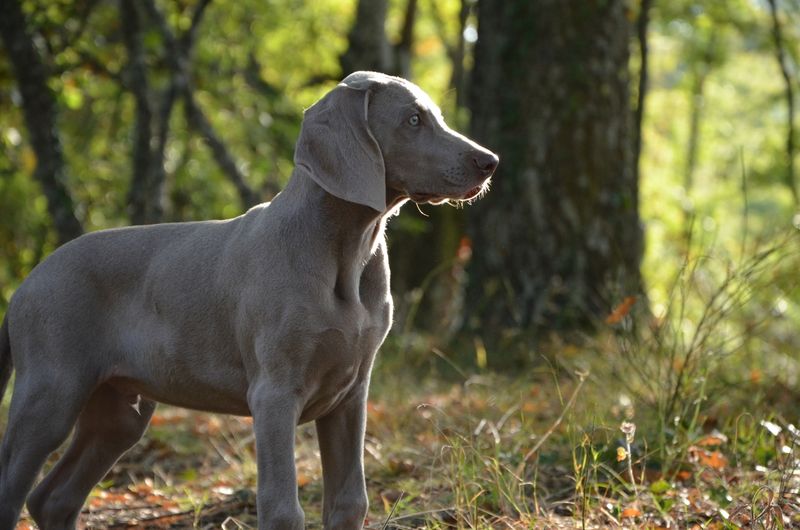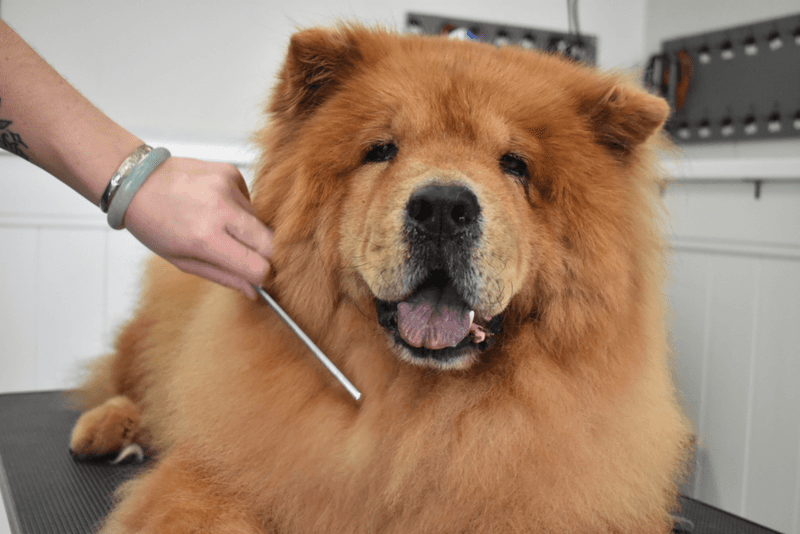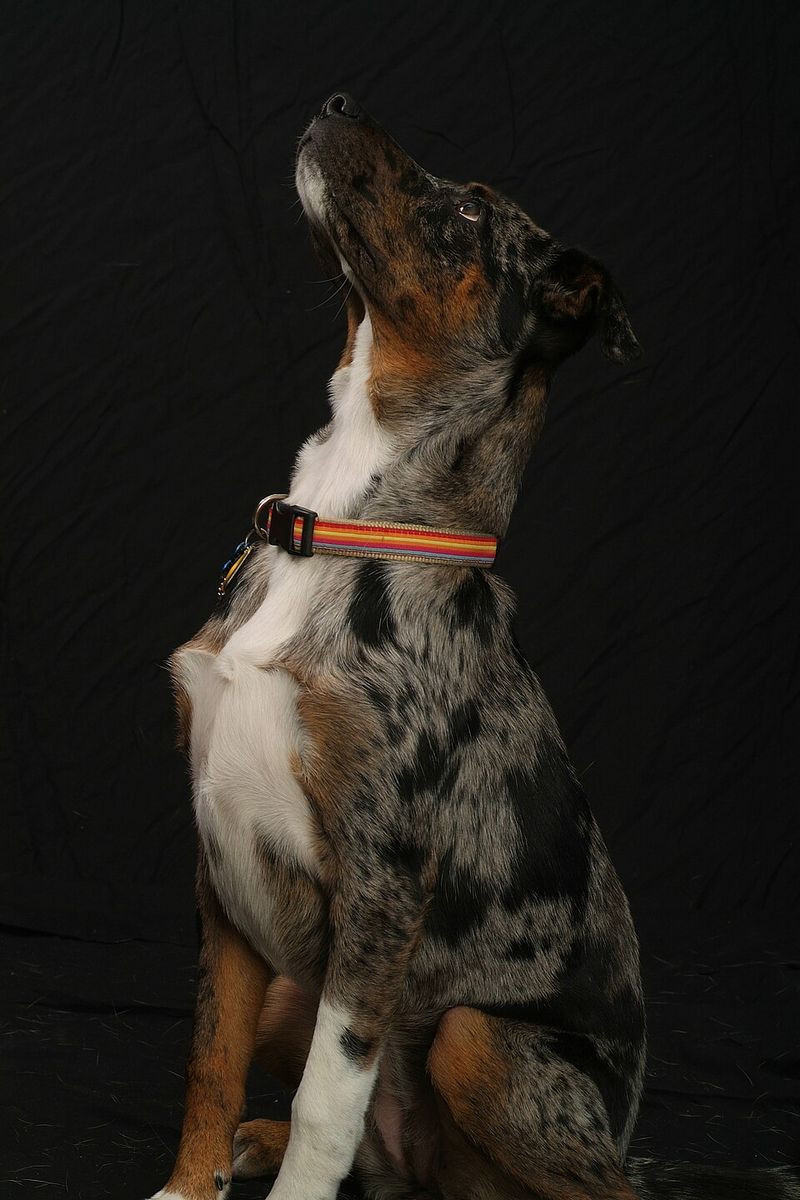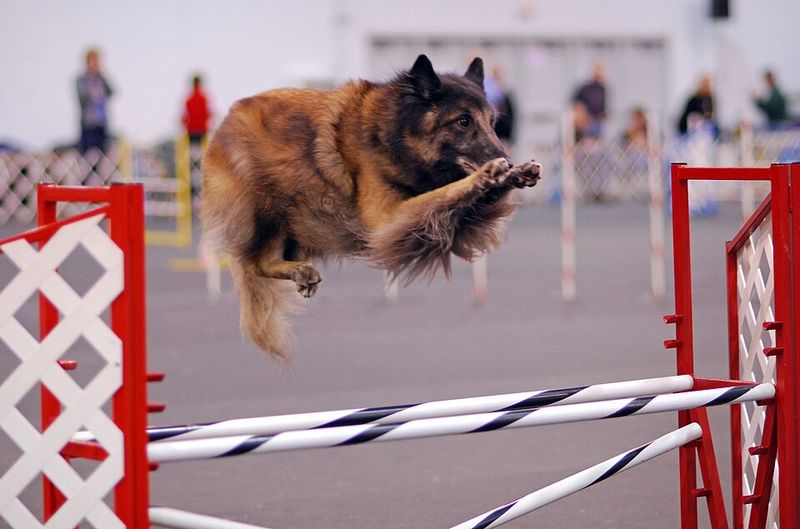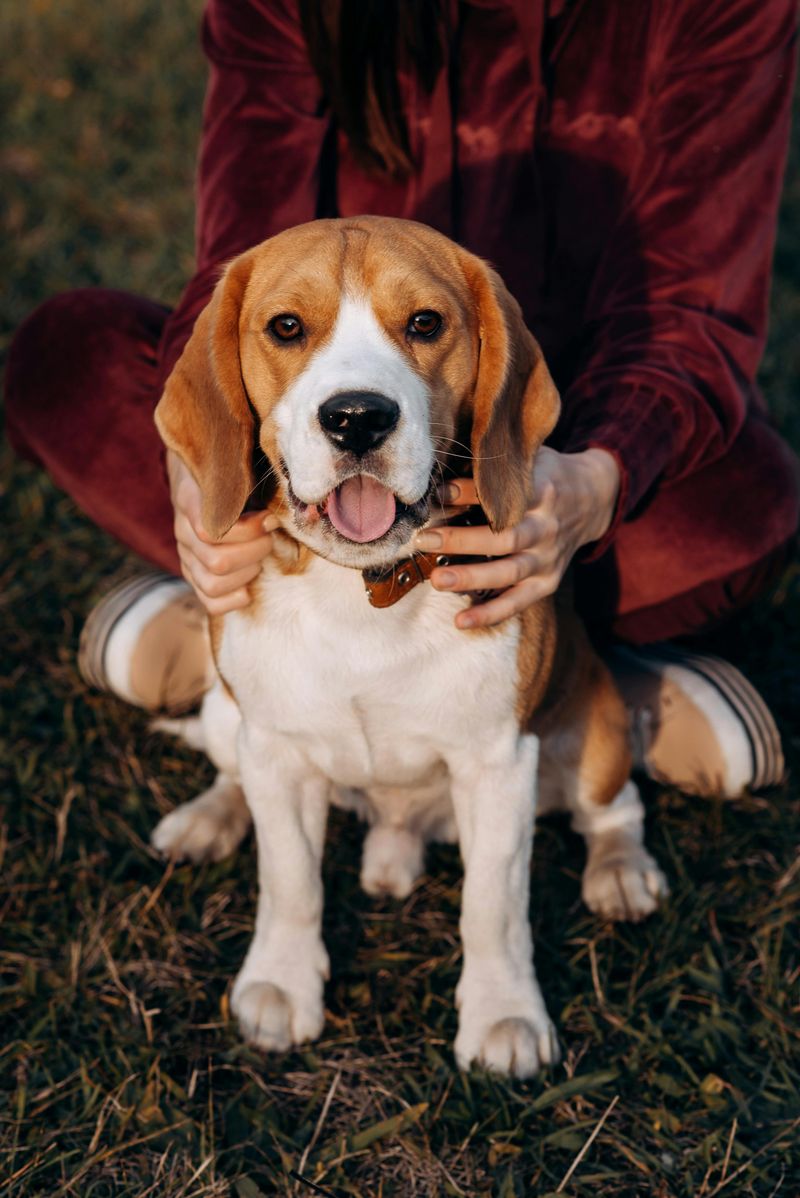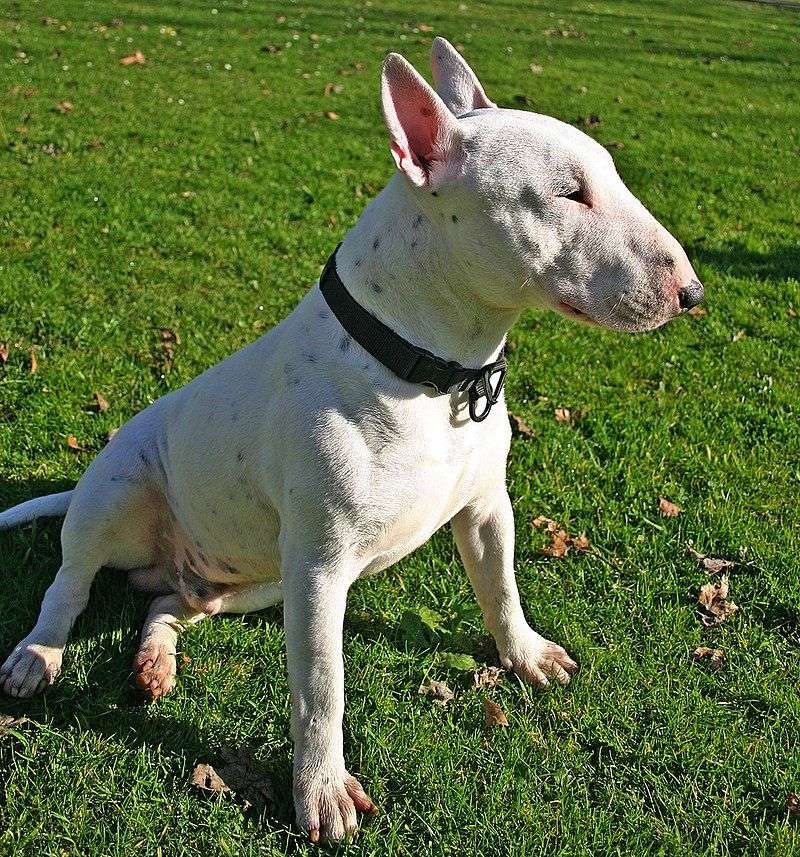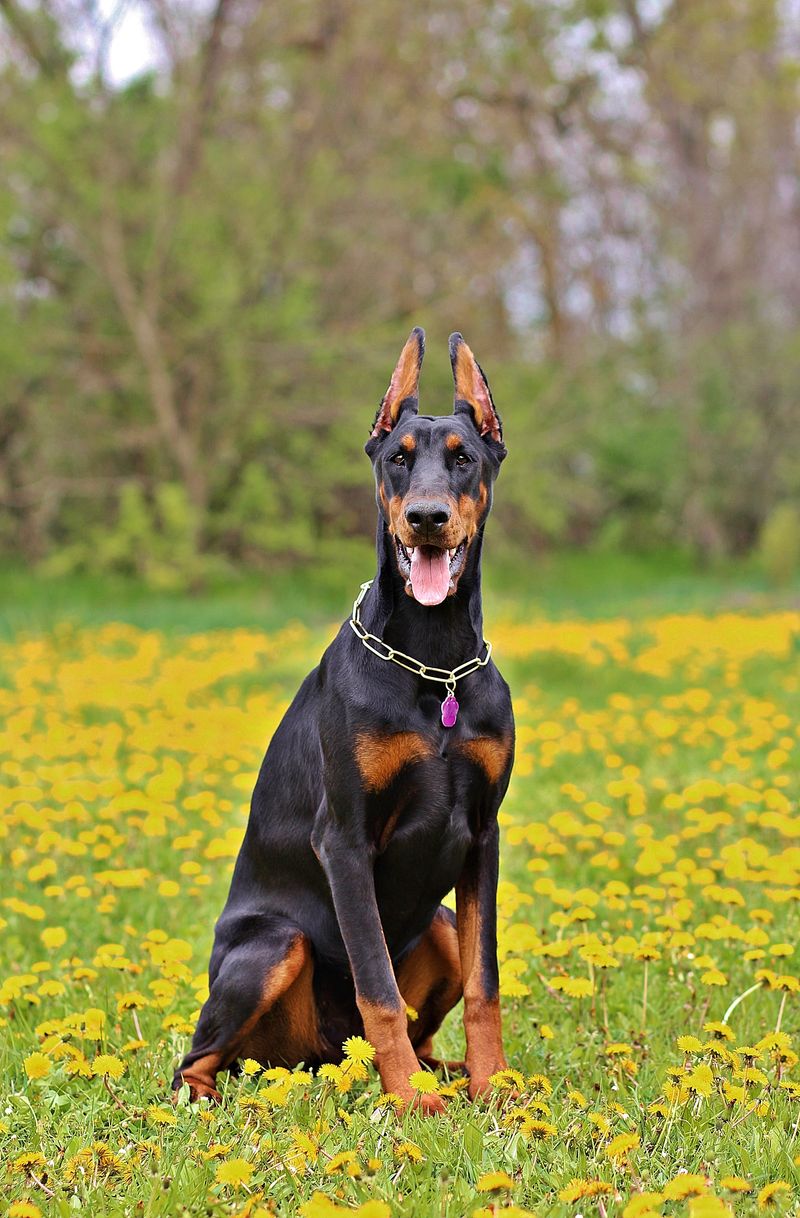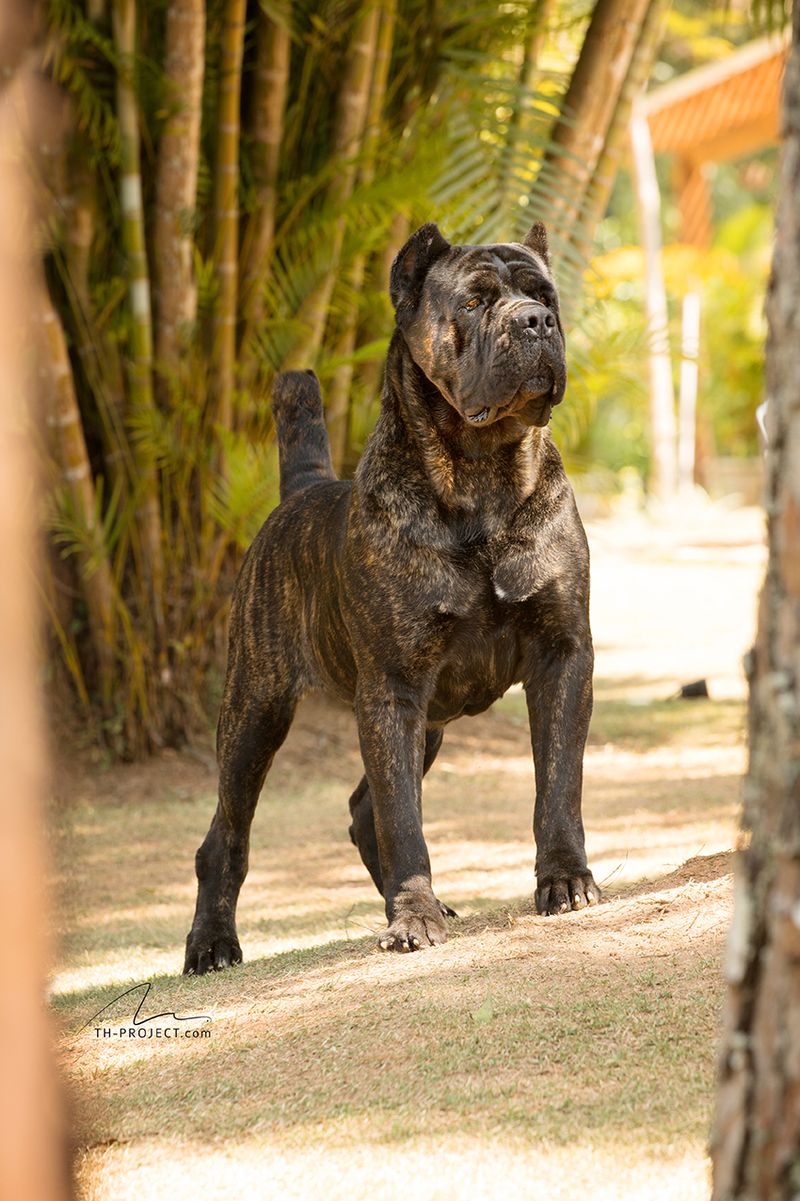Some of the world’s most beloved dog breeds come with quirks that surprise even experienced owners. Behind the cute faces and viral videos are needs that can stretch time, energy, and patience. If you’re considering a new companion, understanding these hidden challenges can prevent heartbreak and costly mistakes. Read on to discover which popular breeds demand more than many expect—and why preparation makes all the difference.
Border Collie
Border Collies are dazzlingly intelligent, bred for relentless herding work and rapid decision-making. Their brilliance demands near-constant mental stimulation, advanced training, and high-intensity exercise. Without outlets, they invent jobs—chasing cars, herding kids, or dismantling furniture. Novices often underestimate their intensity and sensitivity; harsh methods can backfire, fueling anxiety or obsessive behaviors. Agility, scent work, and puzzle games help redirect their drive. Daily long runs or structured play are non-negotiable, not weekend luxuries. They thrive with purpose and clarity, struggling in sedentary homes. For the right owner, they’re extraordinary; for the unprepared, they’re overwhelming.
Siberian Husky
Huskies are charismatic sled dogs bred to run far and think independently, which translates to escape artistry and selective hearing. Their prey drive and curiosity make off-leash reliability tricky. Many underestimate their exercise needs and vocal nature—howls, yodels, and dramatic protests were not built for apartments with thin walls. Thick coats shed heavily and require serious grooming. They thrive with consistent structure, cold-weather activity, and secure fencing. Without enrichment, they dig moonscapes and remodel couches. Training must be positive yet firm, with generous outlets like canicross or skijoring. Beauty lures people; endurance demands keep them honest.
Australian Shepherd
Aussies are high-octane herders with sharp minds and agile bodies, thriving on jobs, patterns, and precision. Without structured activities, they develop anxiety, nipping, or compulsive behaviors. Intense focus can morph into reactivity if socialization is inconsistent. Their gorgeous coats need regular brushing, and their energy isn’t a weekend-only project. Families often mistake their Velcro tendencies for a casual pet, but they need boundaries and variety: agility, herding lessons, and advanced obedience. They excel in active homes prepared to channel drive rather than suppress it. Under-challenged Aussies create their own chaos; well-managed Aussies become dazzling partners.
Belgian Malinois
The Malinois is a working powerhouse, famous in police and military roles, requiring relentless training, bite-work management, and impeccable structure. Their intensity and motion sensitivity can overwhelm casual homes. Without a demanding job, they redirect drive into destructive or neurotic outlets. They need engagement multiple times daily: obedience, tug, tracking, and precise impulse control. Socialization must be meticulous to prevent over-guarding and reactivity. This is not a “German Shepherd lite”—it’s a more explosive athlete. Even experienced owners can struggle without a plan. In the right hands, they’re unsurpassed partners; in the wrong hands, heartbreak is common.
Jack Russell Terrier
Small body, colossal engine: Jack Russells were designed to hunt foxes underground, which means relentless prey drive and problem-solving. They jump, dig, and outwit flimsy enrichment. Apartment dwellers often underestimate their noise and intensity. Without firm, positive training and daily high-energy outlets, they become destructive whirlwinds. Recall is unreliable around critters, and yards require secure, dig-proof fencing. Brain games, scent work, and trick training channel their cleverness. Grooming is easy; management is not. If you want a pocket rocket with humor and sass, prepare for structured chaos and consistent boundaries.
German Shepherd Dog
German Shepherds are versatile workers with strong protective instincts and intense training needs. Poor breeding has amplified anxiety, reactivity, and orthopedic issues. They require early, thorough socialization, confident handling, and ongoing mental and physical engagement. Neglecting structure can lead to over-guarding or destructive behavior. Their double coat sheds heavily, and hip/elbow health screenings are essential. They excel in obedience, tracking, and protection sports when guided by fair, consistent handlers. Apartment living is possible but demands serious commitment. The breed’s myth of automatic loyalty masks the reality: they’re powerful, sensitive dogs who need leadership and purpose.
Dalmatian
Dalmatians are striking athletes bred to run alongside carriages, giving them stamina and restlessness that frustrate sedentary owners. Many carry a risk for deafness, requiring tailored training approaches. Without ample exercise and structure, they become hyper, mouthy, and destructive. Their short coat sheds surprisingly heavily year-round. They’re sensitive and can shut down under harsh training, thriving on upbeat, consistent guidance. Puzzle games, running, and scent work keep them satisfied. Their charm and spots draw families in, but their needs require an active, patient lifestyle. For runners and trainers, they’re fabulous; for casual homes, they’re a challenge.
Akita
Akitas are dignified, powerful guardians with aloof temperaments and strong wills. Their independence and same-sex aggression risk require experienced management. Early socialization helps, but they are not Labrador-like extroverts; they prefer their circle. Thick double coats blow seasonally, demanding heavy grooming. They’re reserved with strangers and can be intolerant of pushy dogs. Clear boundaries, advanced obedience, and respectful handling are vital. Apartment living is possible with disciplined routines, but secure fencing is non-negotiable. They bond deeply with family yet won’t blindly obey. For owners craving calm, serious companionship and diligent training, Akitas reward with loyalty and quiet confidence.
Weimaraner
Weimaraners are sleek hunters bred for endurance and teamwork, translating to high exercise needs and attachment intensity. Many struggle with separation anxiety, protesting loudly or destructively when bored or alone. Their intelligence needs direction: field games, tracking, and structured obedience. Under-stimulated Weims become manic jumpers and counter-surfers. Harsh training erodes trust; they respond best to clear routines and positive reinforcement. They’re social athletes who wilt in low-activity homes. Be ready for daily runs, mental puzzles, and patience through adolescence. With the right workload, they’re elegant partners; without it, they’re gray tornadoes.
Chow Chow
Chow Chows are ancient, catlike companions with aloof personalities and strong guarding instincts. Their dense coats demand diligent grooming, including professional blowouts during seasonal sheds. They’re not eager-to-please; training requires patience and respect, not coercion. Poor socialization can fuel reactivity or handling intolerance, making vet and grooming visits difficult. Heat sensitivity is real. They cherish their people but have limited tolerance for rough handling, making them ill-suited for chaotic households. Clear boundaries and early handling exercises matter. For those seeking a dignified, low-fuss-on-affection companion, they’re wonderful—just don’t expect a bubbly social butterfly.
Catahoula Leopard Dog
Catahoulas are rugged, independent herding and hunting dogs with intense work drive and territorial instincts. They need space, structure, and jobs that challenge body and mind: tracking, herding, or advanced obedience. Apartment life without serious outlets is a recipe for chaos. Their independence can look like stubbornness; clarity and consistency are key. Many are wary of strangers and assertive with other dogs. Secure fencing and recall training are essential. Without engagement, destructive behaviors flourish. With the right workload, they’re astonishingly capable partners; without it, they overwhelm even active families.
Shiba Inu
Shibas are foxlike, independent spitz dogs with a famous scream and an even more famous sense of self. They’re tidy and catlike but often indifferent to obedience and recall. Off-leash freedom is risky, and small-prey chasing is common. Their aloofness can frustrate owners expecting cuddly compliance. Early socialization prevents reactivity and handling sensitivity, especially for grooming and vet care. They’re clever escape artists who require secure environments and patient, reward-based training. Low odor and moderate exercise needs help, but mental enrichment still matters. For fans of quirky autonomy, Shibas shine; for control-seekers, they’re maddening.
Rottweiler
Rottweilers are confident guardians bred to drive cattle and protect property, requiring firm, fair leadership and thorough socialization. Their strength and size magnify small mistakes into big problems. Without structure, they can become pushy or overprotective. Health screening for hips, elbows, and hearts is crucial. They respond beautifully to clear rules, reward-based training, and purposeful work like obedience, carting, or tracking. Novices may be surprised by their intensity during adolescence. With calm guidance, they’re affectionate, stable companions; with inconsistent handling, they become liabilities. Responsible ownership is non-negotiable.
Belgian Tervuren
The Belgian Tervuren is a sensitive, high-drive herding dog craving mental complexity and precise guidance. They excel in obedience and protection sports but can spiral into anxiety if under-stimulated. Motion sensitivity and alertness require channeling, not suppression. Their luxurious coat needs regular grooming. Inconsistent routines create reactivity; calm, structured exposures build confidence. They bond intensely and may struggle with long alone times. Expect daily training, targeted exercise, and advanced enrichment. For detail-oriented handlers, they’re breathtaking. For casual owners, they’re too much dog wrapped in gorgeous fur.
Beagle
Beagles are merry scent hounds with noses that outrank obedience, making recall and focus difficult outdoors. Their musical baying can disturb neighbors. Many underestimate their need for mental work—scent games, tracking, and long sniff-walks. Food motivation helps training but also fuels counter-surfing and obesity if management lapses. They’re social and hate isolation, which can lead to destructive howling. Crate training, puzzle feeders, and structured enrichment are crucial. With patience and humor, they’re delightful; without those, they’re stubborn maestros of mischief.
Bull Terrier
Bull Terriers are clownish gladiators: exuberant, muscular, and stubborn with a penchant for exuberant chaos. They require consistent boundaries, bite-inhibition training, and careful dog introductions. Their energy spikes into mouthy play that can overwhelm kids and visitors. Skin issues and allergies are common, demanding attentive care. Bored Bull Terriers will redecorate your home via chewing. Positive training with impulse control—settle, place, leave-it—is essential. They adore people but can be pushy, so structure matters. In the right home, they’re hilarious companions; in the wrong one, they’re demolition crews with heart.
Great Pyrenees
Great Pyrenees are livestock guardians bred to make autonomous decisions, meaning stubborn independence and nocturnal vigilance. They bark—a lot—to deter threats, which frustrates suburban neighbors. Moderate exercise suffices, but mental duty matters: perimeter walks and supervised yard time. They can be aloof with strangers and protective at home. Their thick coats shed heavily and mat without regular grooming. Off-leash reliability is poor due to roaming instincts. For calm homes with space and tolerance for nighttime bark alerts, they’re serene guardians; for dense neighborhoods, they’re challenging.
Doberman Pinscher
Dobermans are elegant guardians known for devotion and sensitivity, which can tip into anxiety without confident leadership. They need structured training, substantial exercise, and careful socialization through adolescence. Health screening for cardiomyopathy and thyroid issues is vital. Their short coats shed modestly, but mental needs are large: obedience, scent work, and protection sports shine. They can become clingy “Velcro dogs” who protest isolation. Inconsistent handling results in reactivity or pushiness. With clear expectations and enrichment, they’re brilliant companions; without them, stress behaviors escalate.
English Bulldog
Bulldogs charm with soulful faces but come with serious management: brachycephalic airways, heat intolerance, and skin fold care. Exercise must be careful and climate-aware. Training can be stubborn, and weight control is essential to protect joints and breathing. Vet costs can be high due to allergies and orthopedic issues. Despite low activity needs, daily enrichment prevents boredom. Owners often underestimate grooming of wrinkles and tail pockets. A loving, patient approach and proactive healthcare are musts. They’re cuddly homebodies, not hiking buddies, and thrive where comfort and careful monitoring are priorities.
Cane Corso
The Cane Corso is a formidable mastiff bred for guarding and farm work, demanding experienced, consistent leadership. Their size and confidence amplify any training gaps. Early, controlled socialization and impulse control are paramount to prevent over-guarding. They require secure fencing, structured routines, and daily mental tasks—obedience, protection sport foundations, or tracking. Health screening for hips, elbows, and eyes is essential. They bond deeply but aren’t casual pets for busy households. With clear boundaries and purpose, they’re impressive protectors; without them, they’re overwhelming and risky.

